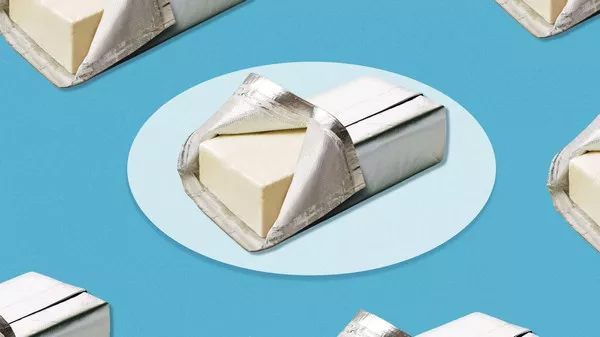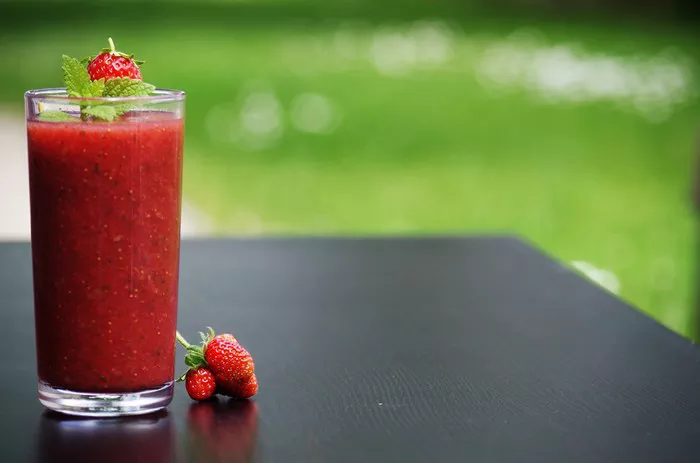In the world of culinary arts, experimenting with ingredients is a common practice. Substitutions can lead to new flavor profiles, cater to dietary restrictions, or simply provide a creative twist to traditional recipes. One such substitution that often piques interest is using cheese instead of butter. This article explores the feasibility of replacing butter with cheese in various culinary contexts, examining the impact on flavor, texture, and overall outcome of dishes.
The Roles of Butter and Cheese in Cooking
Before delving into the specifics of substitution, it is essential to understand the primary roles that butter and cheese play in cooking and baking.
Butter
Butter, a dairy product made from churning cream, is a staple in many kitchens. It serves several crucial functions:
- Flavor Enhancer: Butter adds a rich, creamy flavor to both savory and sweet dishes.
- Texture Provider: In baking, butter contributes to the tender and flaky texture of pastries, cookies, and cakes.
- Moisture and Fat Source: Butter provides moisture and fat, essential for the mouthfeel and structure of baked goods.
- Cooking Medium: Butter is often used for sautéing and frying, imparting a golden brown color and a distinct buttery taste.
Cheese
Cheese, another dairy product, comes in various textures and flavors, depending on its type and aging process. Its primary roles include:
- Flavor Contributor: Cheese adds a distinct flavor, which can range from mild and creamy to sharp and tangy.
- Texture Enhancer: Cheese can provide creaminess or a melting quality, enhancing the texture of dishes.
- Binding Agent: In cooking, cheese can act as a binder, holding ingredients together.
- Protein and Fat Source: Cheese contributes protein and fat, which can affect the nutritional profile and mouthfeel of a dish.
Factors to Consider When Substituting Cheese for Butter
When contemplating the substitution of cheese for butter, several factors must be taken into account to ensure the success of the dish.
1. Flavor Compatibility
Cheese has a more pronounced and varied flavor profile compared to butter. The choice of cheese should complement the other ingredients in the recipe. For instance, using a strong blue cheese in place of butter in a delicate pastry may overpower the intended flavor. Mild cheeses like ricotta or cream cheese can be more versatile substitutes in recipes where a subtle flavor is preferred.
2. Texture and Consistency
Butter and cheese have different consistencies. Butter is smooth and spreads easily when softened, whereas cheese can range from crumbly to creamy. The texture of the cheese will affect the final product. For example, using a hard cheese like Parmesan in a cookie recipe will yield a different texture compared to using a soft cheese like Brie.
3. Melting Properties
Butter melts uniformly, creating a consistent texture in baked goods and sauces. Cheese, however, can have varying melting properties. Some cheeses, like mozzarella, melt smoothly, while others, like feta, retain their shape when heated. Understanding the melting behavior of the cheese is crucial for achieving the desired outcome.
4. Fat Content and Moisture
Butter is primarily fat, whereas cheese contains varying amounts of fat and moisture. Substituting cheese for butter can alter the fat content and moisture levels in a recipe. For instance, using a high-moisture cheese like ricotta can add extra liquid to a dough or batter, potentially requiring adjustments in other ingredients to maintain the desired consistency.
Practical Applications of Substituting Cheese for Butter
To provide practical insights, let’s explore how cheese can be used instead of butter in different types of recipes.
Baking
Baking is a precise science where the balance of ingredients is crucial. Here are some ways cheese can replace butter in baking:
1. Cookies and Cakes: Cream cheese can be an excellent substitute for butter in cookies and cakes, providing a moist and dense texture with a tangy flavor. A common example is the use of cream cheese in cheesecake recipes or cream cheese frosting.
2. Pastries: For savory pastries, cheese can add a rich flavor and a slightly different texture. Incorporating grated cheese into doughs can create savory scones or biscuits. However, achieving the same flaky texture as butter-based pastries might require some experimentation.
3. Breads: Cheese can be incorporated into bread doughs to add flavor and moisture. For example, adding cheddar to a loaf of bread can create a deliciously cheesy bread.
Cooking
In cooking, cheese can be a versatile substitute for butter, especially in savory dishes:
1. Sauces and Dips: Cheese can be used to create creamy sauces and dips, replacing the need for butter. A classic example is using cheese in a béchamel sauce to create a cheese sauce for pasta or vegetables.
2. Sautéing and Frying: While cheese itself cannot be used directly for sautéing or frying, incorporating cheese into dishes that are sautéed or fried can add a rich flavor. For instance, cheese-stuffed chicken breasts or cheese-topped vegetables.
3. Mashed Potatoes: Substituting butter with cheese in mashed potatoes can add a unique flavor and creaminess. Varieties like Parmesan or cheddar work well, though adjustments to the seasoning may be necessary.
Recipes and Examples
To illustrate the practical application of using cheese instead of butter, here are a few recipes and ideas:
Cream Cheese Cookies
Ingredients:
- 1 cup cream cheese, softened
- 1 cup sugar
- 1 egg
- 1 tsp vanilla extract
- 2 cups flour
- 1 tsp baking powder
Instructions:
- Preheat the oven to 350°F (175°C).
- In a mixing bowl, beat the cream cheese and sugar until light and fluffy.
- Add the egg and vanilla extract, mixing well.
- Combine the flour and baking powder, then gradually add to the cream cheese mixture.
- Drop spoonfuls of dough onto a baking sheet.
- Bake for 10-12 minutes or until the edges are lightly golden.
- Cool on a wire rack before serving.
Cheesy Mashed Potatoes
Ingredients:
- 2 lbs potatoes, peeled and cubed
- 1 cup shredded cheddar cheese
- 1/2 cup milk
- Salt and pepper to taste
Instructions:
- Boil the potatoes in salted water until tender, about 15-20 minutes.
- Drain the potatoes and return them to the pot.
- Add the shredded cheddar cheese and milk.
- Mash until smooth and creamy.
- Season with salt and pepper to taste.
Conclusion
Using cheese instead of butter can be a delightful and creative substitution in many recipes, offering new flavors and textures. While there are some considerations to keep in mind, such as flavor compatibility, texture, and melting properties, experimenting with cheese can lead to delicious results. Whether it’s in baking or cooking, cheese can add a unique twist to traditional dishes. By understanding the characteristics of both butter and cheese, you can make informed decisions and enjoy the culinary adventure of substitution.
Related Topics:

























